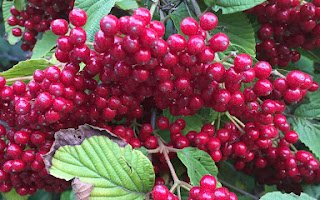Black Currant (1-2')
Latin Name: Ribes nigrum Family: Grossulariaceae (Currants)
USDA hardiness zone: 4
Growth habit: Shrub
Mature size: 4 ft.
Native range: Western Eurasia
Preferred habitat: Gardens, hedeges, forest understory, part shade
Pollinators: Bees
Edible parts: Fruit, leaves (for tea)
Uses and functions:
Fast growing and long lived bush, with soft wood. Can be easily propagated by cutting and layering. Requires yearly pruning of older (3 year+) stems to rejeuvenate the bush and increase fruit production. Tolerant of part shade, but will fruit more in full sun. Leaves used in tea or salads in Europe. Self fertile.
Latin Name: Ribes nigrum Family: Grossulariaceae (Currants)
USDA hardiness zone: 4
Growth habit: Shrub
Mature size: 4 ft.
Native range: Western Eurasia
Preferred habitat: Gardens, hedeges, forest understory, part shade
Pollinators: Bees
Edible parts: Fruit, leaves (for tea)
Uses and functions:
Fast growing and long lived bush, with soft wood. Can be easily propagated by cutting and layering. Requires yearly pruning of older (3 year+) stems to rejeuvenate the bush and increase fruit production. Tolerant of part shade, but will fruit more in full sun. Leaves used in tea or salads in Europe. Self fertile.
Latin Name: Ribes nigrum Family: Grossulariaceae (Currants)
USDA hardiness zone: 4
Growth habit: Shrub
Mature size: 4 ft.
Native range: Western Eurasia
Preferred habitat: Gardens, hedeges, forest understory, part shade
Pollinators: Bees
Edible parts: Fruit, leaves (for tea)
Uses and functions:
Fast growing and long lived bush, with soft wood. Can be easily propagated by cutting and layering. Requires yearly pruning of older (3 year+) stems to rejeuvenate the bush and increase fruit production. Tolerant of part shade, but will fruit more in full sun. Leaves used in tea or salads in Europe. Self fertile.









